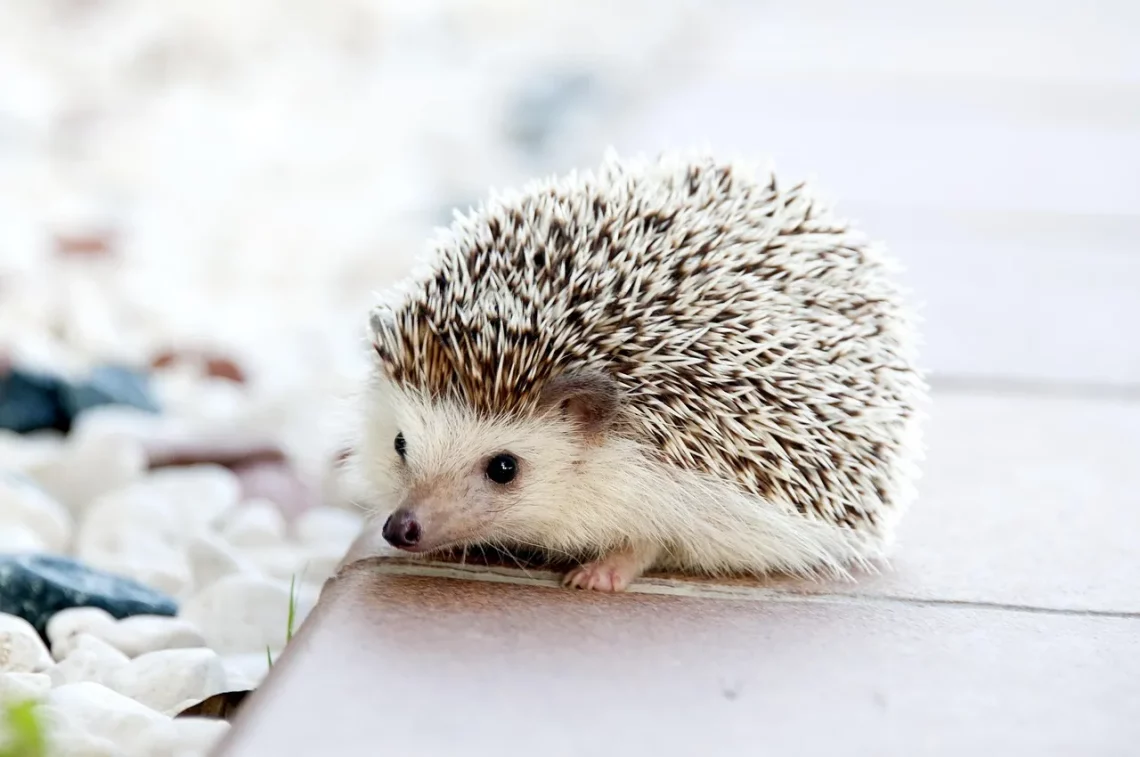
Unusual Encounters Exploring the Limits of Human Animal Relationships
The intricate tapestry of human-animal relationships is woven with threads of companionship, loyalty, and often, unexpected intersections. These connections extend far beyond the traditional roles that pets play in our lives; they delve into the profound and sometimes mystical realms of empathy, communication, and mutual understanding. As we explore the boundaries of these relationships, we find that the interactions between humans and animals can be as varied and complex as the species themselves. From the playful antics of dogs to the silent wisdom of cats, and even to the extraordinary bonds formed with exotic creatures, these encounters challenge our perceptions and broaden our understanding of sentience.
In cultures around the world, animals have been revered, respected, and sometimes feared. They have served as symbols of various traits, from strength and courage to wisdom and fidelity. Yet, there are instances where relationships defy conventional norms, leading to unusual encounters that reveal deeper emotional and psychological ties between species. These connections can inspire awe, provoke curiosity, and even spark debates about ethics and consciousness. As we delve deeper into this subject, let us uncover the layers of these relationships, examining how they enrich our lives and what they reveal about the nature of existence itself.
The Bond Beyond the Ordinary
At the heart of human-animal relationships lies a bond that often transcends mere companionship. This bond can be deeply emotional, with animals providing comfort and support during challenging times. Many individuals have experienced the profound impact of therapy animals, whether they are dogs, cats, or even horses. These animals possess an innate ability to sense human emotions and respond accordingly, often providing solace to those in distress.
For example, therapy dogs are trained to interact with patients in hospitals, nursing homes, and schools, offering unconditional love and companionship. Their presence has been shown to reduce anxiety and promote healing. The simple act of petting a dog can trigger the release of oxytocin, a hormone associated with bonding and affection, thus creating a cycle of emotional support between human and animal.
Moreover, the bond can extend to those who engage in animal-assisted therapy, a practice that utilizes animals to enhance the therapeutic process. In these settings, animals become co-therapists, helping individuals confront their traumas in a non-threatening environment. The connection formed between human and animal in these circumstances goes beyond words, demonstrating a unique form of communication that can be incredibly healing.
This bond is not limited to domesticated animals alone. Cases involving wildlife encounters, such as those reported by researchers and adventurers, often illustrate how animals can exhibit empathy and intelligence. There are numerous accounts of individuals forming unexpected friendships with wild animals, leading to remarkable stories that challenge our understanding of animal behavior. These encounters often leave a lasting impression, reinforcing the idea that the capacity for connection is not exclusive to humans.
Communication is a fundamental aspect of any relationship, and the exchanges between humans and animals are no exception. While we often think of communication in verbal terms, the reality is that it encompasses a vast array of signals, gestures, and even emotional cues. Animals communicate through body language, sounds, and behaviors, and humans are increasingly recognizing and interpreting these signals.
Dogs, for instance, are adept at reading human emotions and often respond to subtle cues. Research has shown that dogs can understand human gestures and even pick up on emotional expressions. This ability to communicate without words fosters a deeper understanding between species, allowing them to form strong bonds.
Cats, on the other hand, have a more nuanced approach to communication. They may express their feelings through purring, body posture, and tail movements. Understanding a cat’s behavior can reveal a lot about its emotional state, enhancing the relationship between pet and owner. The differences in communication styles highlight the diversity of animal behaviors and the importance of patience and attentiveness in nurturing these connections.
Moreover, interspecies communication is not limited to pets. There are fascinating examples of humans interacting with dolphins, elephants, and even parrots, showcasing the remarkable intelligence and social structures of these creatures. Dolphins, for instance, have been known to engage in playful interactions with humans, demonstrating their ability to form social bonds. These encounters often lead to collaborative activities, such as swimming and playing games, further bridging the gap between species.
The study of animal communication not only enhances our relationships with them but also encourages us to consider their perspectives and feelings. This understanding can lead to more responsible and ethical treatment of animals, underscoring the importance of empathy in our interactions.
While dogs and cats are the most common companions, there is a growing trend of individuals forming bonds with unconventional animals. From miniature pigs and goats to ferrets and reptiles, the spectrum of companionship has expanded. These unusual pets often come with unique challenges and rewards, prompting pet owners to adapt their lifestyles and expectations.
Miniature pigs, for example, have garnered popularity as indoor pets due to their intelligence and playful nature. They require specific care, including a balanced diet and plenty of mental stimulation. Owners often find that, despite their small size, these animals possess strong personalities and can form deep attachments to their human caregivers.
Similarly, exotic pets like reptiles and birds can offer companionship in ways that are often overlooked. Many bird species, such as parrots, are known for their ability to mimic human speech and engage in playful behavior. This level of interaction can provide joy and entertainment, forging a unique bond between the owner and the animal.
However, owning unconventional pets also raises ethical questions regarding their care and well-being. It’s crucial for potential pet owners to thoroughly research the needs of these animals, ensuring that they can provide suitable environments and care. Moreover, the trend of adopting exotic pets has led to discussions about conservation and the impact of the pet trade on wildlife populations.
Embracing unusual animal companions can broaden our understanding of the animal kingdom and challenge societal norms surrounding pet ownership. These relationships can serve as reminders of the diverse forms of love and companionship that exist beyond the traditional human-animal framework.
As we delve deeper into the complexities of human-animal relationships, we must also confront the ethical implications that arise from our interactions. The increasing recognition of animals as sentient beings brings forth questions regarding their treatment, rights, and welfare. Society is gradually shifting toward a more compassionate approach, acknowledging that animals are capable of experiencing pain, joy, and companionship.
One of the most pressing ethical concerns involves the use of animals for entertainment, research, and companionship. The debate surrounding zoos, circuses, and aquariums highlights the need for a reevaluation of how we engage with animals in captivity. Advocates argue for more humane practices that prioritize the well-being of animals, while others defend traditional methods based on historical precedents.
Furthermore, the rise of animal rights movements has prompted discussions about the ethical responsibilities of pet ownership. As individuals increasingly choose to adopt pets, they are confronted with the moral obligation to ensure their animals lead fulfilling lives. This responsibility includes providing proper care, social interaction, and mental stimulation.
Additionally, the treatment of farm animals has become a significant topic in ethical discussions. The push for humane farming practices emphasizes the importance of considering the welfare of animals raised for food. Consumers are becoming more conscious of their choices, seeking out ethically sourced products that reflect a commitment to animal welfare.
As we navigate these ethical waters, it is essential to foster a culture of empathy and respect for all living beings. By recognizing the intrinsic value of animals and advocating for their rights, we can create a more compassionate world that honors the unique relationships we share with them.
In conclusion, the exploration of human-animal relationships unveils a rich tapestry of connections that challenge our understanding of companionship, communication, and ethics. These unusual encounters not only enrich our lives but also invite us to reflect on our responsibilities toward the animals we share our world with. As we continue to learn from these relationships, we pave the way for a future where empathy and respect guide our interactions with all sentient beings.




